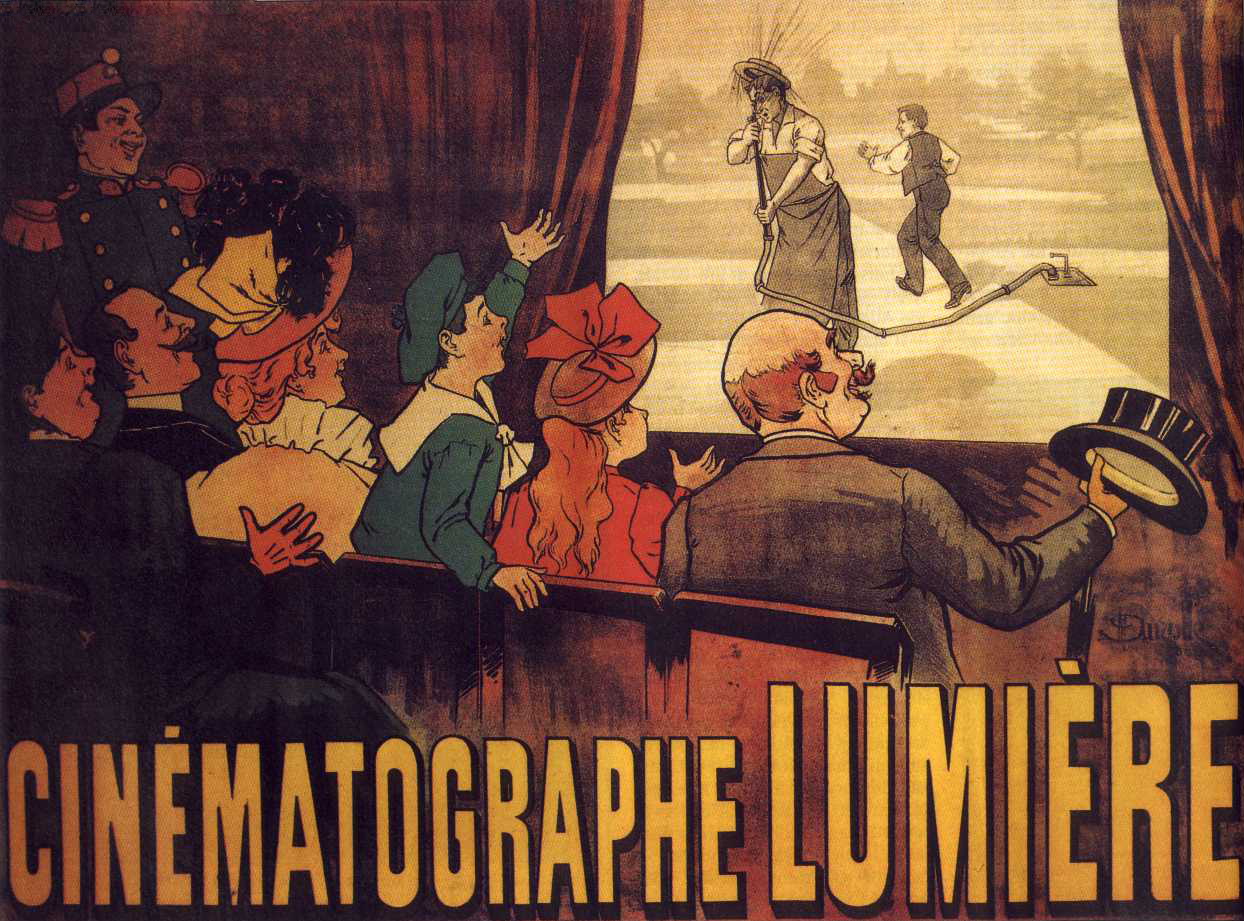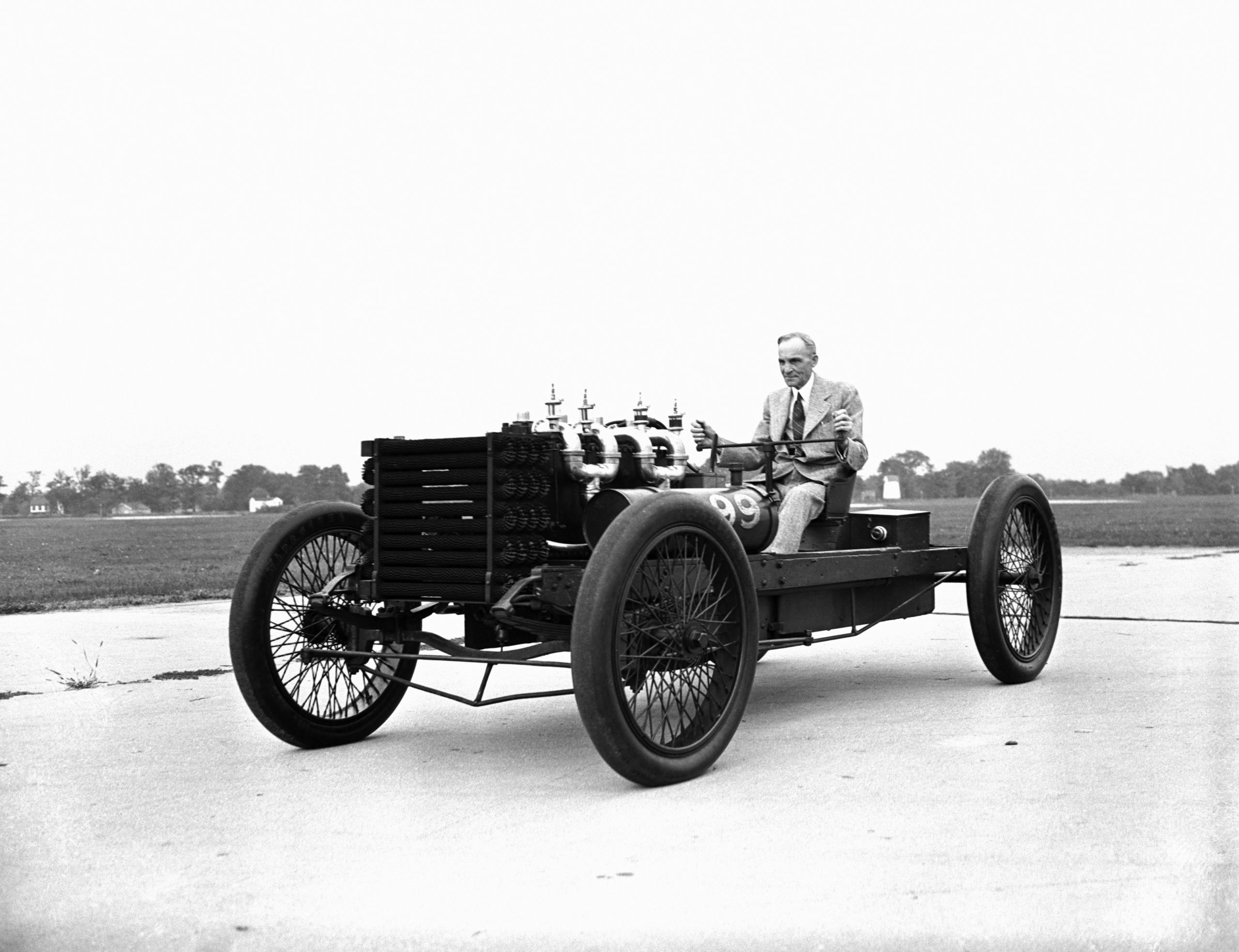The Speed Record Story
2 – The race to 150. In a world full of innovations, Henry Ford himself broke the world record
With the valuable support, depth of knowledge and illustrative talent of Prof. Massimo Grandi
Photo credit: Massimo Grandi
To truly get into the spirit of this story about man’s desire to set newer and faster speed records, you have to imagine yourself in a world that seems so distant because of the technological progress we’ve made over the last 150 years. Life in previous centuries suffered minimal changes: horses were everyone’s means of transport, oxen pulled ploughs, mills, powered by the wind or water, produced energy. Generation after generation.

Information was also uncertain and arrived from wanderers weeks or even months after the event. Then, in the mid-nineteenth century, a revolution arrived: steam trains, Morse invented the telegraph and Daguerre introduced the world to photography that documented both the beauty and the unpleasantries of the world. Then came bicycles, very widespread before the arrival of the car, which heralded the arrival of absolute freedom as well as social status.

With the 100 km/h barrier broken in 1899, the new century brought with it two new objectives: 150km/h and 100 mph. After abandoning electric and steam engines – in 1902 the steam-powered Serpollet Œuf de Pâques (Easter Egg) reached a speed of 120 km/h – engines driven by petrol, alcohol and, in the case of the Gobron-Brillié, with pomace distillate (grappa or Armagnac, to be clear!) appeared, with increasingly convincing results.

News travelled even faster, the radio arrived and the first cinematographers opened. The first film in memory dedicated to the car was made by the French… showing the Susa-Moncenisio hillclimb race in Italy.

Many record-breaking contenders lined up using race cars. A car built for the Paris-Vienna was the first. It was the Mors Type Z (the small but prestigious French manufacturer would later be absorbed by Citroën). Its four-cylinder, 9,236cc engine that ran at just 950 rpm produced just 60 horsepower, but the car was much lighter than previous models and snatched the record in August 1902 by less than two kilometres per hour, reaching 122.449 km/h, and then repeated the feat in March 1903, raising it once again to 133.333 km/h.

Another race car modified for speed records arrived to challenge the Mors. This car was originally built for the Paris-Madrid race by Gobron Brillié. The engine with its system of opposing cylinders, subsequently used in aircraft, had a displacement of 13,547cc and 8 opposed-piston cylinders. With 110 hp on offer, it didn’t raise the record by much: in 1903, it reached 136.363 km/h.
The almost entirely-French line-up of speed record holders was unexpectedly interrupted by an opponent who would go on to become rather famous. The only one to still have his name on the bonnets of cars sold all over the world: Henry Ford.

Henry, Irish by birth but a naturalized American, was 40 years old, and in 1902 he created his own company with a model that had little success. The famous Model T wouldn’t arrive until 1908 and he needed some publicity. He had planned to launch his new Model B at the New York Motor Show and created a strange vehicle, dubbed the “Arrow” in an attempt to clinch the record on 12th January 1904. He choose the frozen Lake St. Clair in Michigan as a race track and had ash sprinkled over the stretch of the record. To save weight, the Arrow had no bodywork and not even a radiator, given the bitter cold. It didn’t even have a gears or a cockpit as it was driven by a crude pivoting metal bar connected to the front axle. The engine, a four-cylinder 18,930 cc unit produced about 80 horsepower.

But the formula worked, as did the brilliant idea of adding the number 999 to the name, then famous in the USA for being the name of the Empire Express train that had reached 110 miles per hour (close to 177 km/h), not bad for a steam train. Ford broke the record by driving his missile at 147,047 km/h. Within a hair’s breadth of breaking the much coveted barrier. For that, the world had to wait until May and return to Europe. See you for our next episode on Monday.
